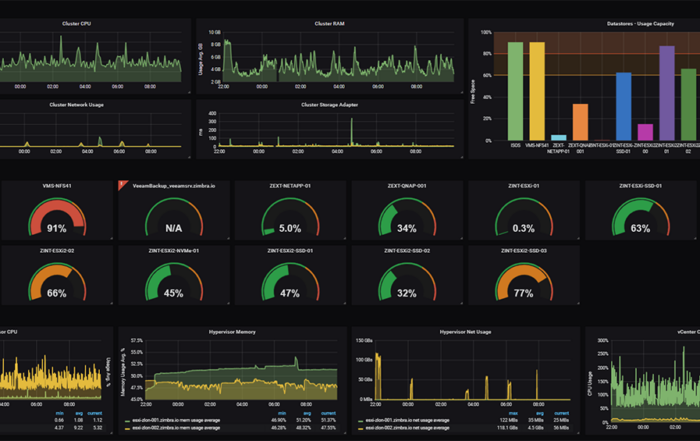
In today’s tech-savvy world, the Cloud has become more than just a buzzword; it’s the backbone of many enterprises and startups alike. While the transition to Cloud environments offers unprecedented flexibility, scalability, and cost savings, it does introduce new challenges in maintaining security. Enter the Intrusion Detection and Prevention Systems (IDPS) tailored for Cloud environments – an essential tool to safeguard the virtual territory.
Understanding the Basics
Before we delve deep, it’s worth revisiting the essence of IDPS. Intrusion Detection Systems (IDS) monitor network traffic, identifying potential threats. Meanwhile, Intrusion Prevention Systems (IPS) act upon those threats, either blocking them or taking other preventive measures. In traditional network setups, these systems keep a vigilant watch over potential breaches. However, in the Cloud, they operate slightly differently due to the unique nature and architecture of cloud environments.
Why Traditional IDPS Isn’t Enough for the Cloud
Imagine trying to fit a square peg into a round hole. Traditional IDPS systems, designed for on-premises infrastructure, might not seamlessly fit into a cloud environment. Here’s why:
- Dynamic Infrastructure: The Cloud’s ephemeral nature, with resources spinning up or down based on demand, challenges traditional IDPS that expect static infrastructure.
- Different Traffic Patterns: In the Cloud, east-west traffic (communication within the Cloud) is more prevalent than north-south traffic (in and out of the Cloud). Legacy IDPS might miss intrusions in such lateral movements.
- Scalability: Traditional IDPS might not scale as swiftly as cloud-native applications, thereby becoming bottlenecks.
- Visibility Limitations: In multi-tenant cloud environments, you often don’t have complete visibility into the underlying infrastructure, rendering some traditional IDPS ineffective.
The Strength of Cloud-native IDPS
Embracing a cloud-native approach, IDPS solutions tailored for the Cloud offer:
- Elasticity: They scale on-demand, ensuring that rapid deployments or sudden traffic surges don’t leave you vulnerable.
- Deep Packet Inspection: Advanced cloud-native IDPS can analyze inter-container traffic, providing insights into east-west communications.
- Integration with Cloud Services: These systems can natively integrate with cloud platforms, tapping into logs, metrics, and other data sources for a comprehensive security stance.
- Cost Efficiency: Built for the Cloud, these solutions often have a pay-as-you-go model, ensuring you only pay for what you use.
Implementing IDPS in the Cloud: Best Practices
- Understand Your Environment: Before deploying any IDPS solution, map out your cloud architecture. Identify where sensitive data resides, potential entry points, and traffic patterns.
- Segmentation: Just as with traditional networks, ensure that your cloud resources are segmented. It limits lateral movement of potential threats.
- Continuous Monitoring: With the Cloud’s dynamic nature, a one-time assessment won’t cut it. Employ continuous monitoring, leveraging both signature-based and behavior-based detection mechanisms.
- Integrate with SIEM Solutions: Integrate your IDPS with Security Information and Event Management (SIEM) tools. It allows for the aggregation of security events across your environment, facilitating faster detection and response.
- Regularly Update: Cloud environments evolve rapidly. Ensure your IDPS solutions are regularly updated to account for new threats and vulnerabilities.
- Training and Awareness: Technology alone isn’t the answer. Ensure your team understands the importance of security and is familiar with the IDPS tools in place.
Final Thoughts
The Cloud revolution is reshaping how businesses operate, offering opportunities and challenges in equal measure. In this landscape, security cannot be an afterthought. While traditional IDPS solutions served the previous era of computing well, the Cloud demands a more nuanced approach.
As with most things Cloud, adaptability and integration are key. Cloud-native IDPS systems, designed from the ground up to understand and safeguard cloud architectures, are not just an upgrade; they’re a necessity.
As we conclude, the point isn’t about casting traditional systems aside, but evolving with the technology landscape. The Cloud is the future, and to secure that future, one needs tools that understand its language and nuances. Embrace cloud-native IDPS, and let’s build a secure foundation for the digital businesses of tomorrow.





